LegDeLimber
Addicted to ArboristSite
Good to see that you're still at it and the trees are still alive!

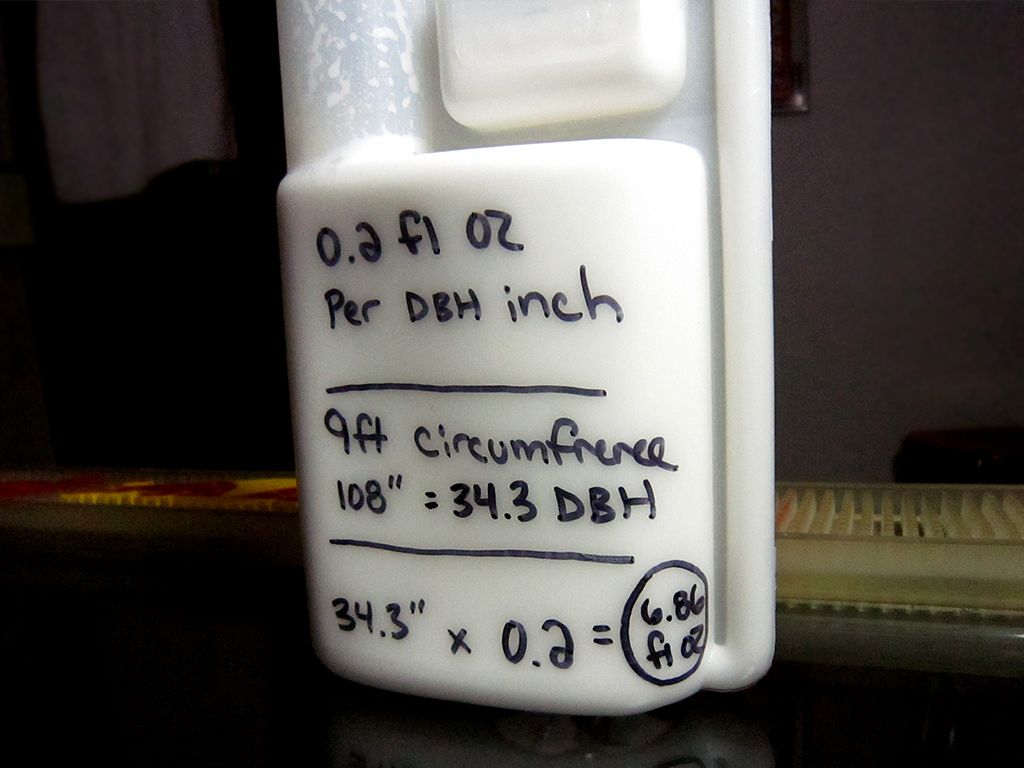
The fungus infects the vascular system. Transmitted by the elm bark beetle. Going to be kinda tuff to get the light into the xylem. Alamo works great.We're dealing with a fungus right?
Has anyone tried artificial lighting to mitigate the fungi's reproductive cycle?
You know electric UV light during the night time?
I tried mitigating a Ganoderma lucidum infection inside a hollow coastal live oak( Quercus agrifolia ) with the observable effect of the fruit bodies dying and drying up.
It was an ancient tree with structural splitting too far advanced to warrant cabling considering the extent of the Ganoderma infection.
There are spectrums of light that really mess with a fungi's ability to reproduce n grow larger IME.
jomoco
Some success but very little. Prevention is the key.Has the systemic actually saved infected trees that are now 5 years older and still living?
jomoco
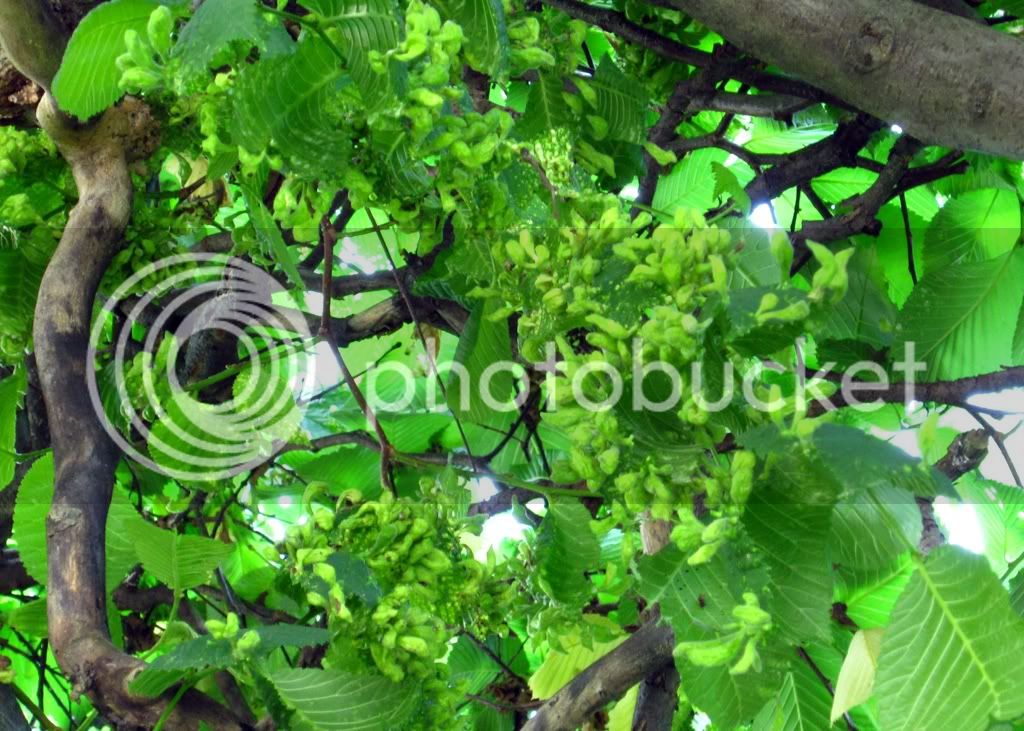
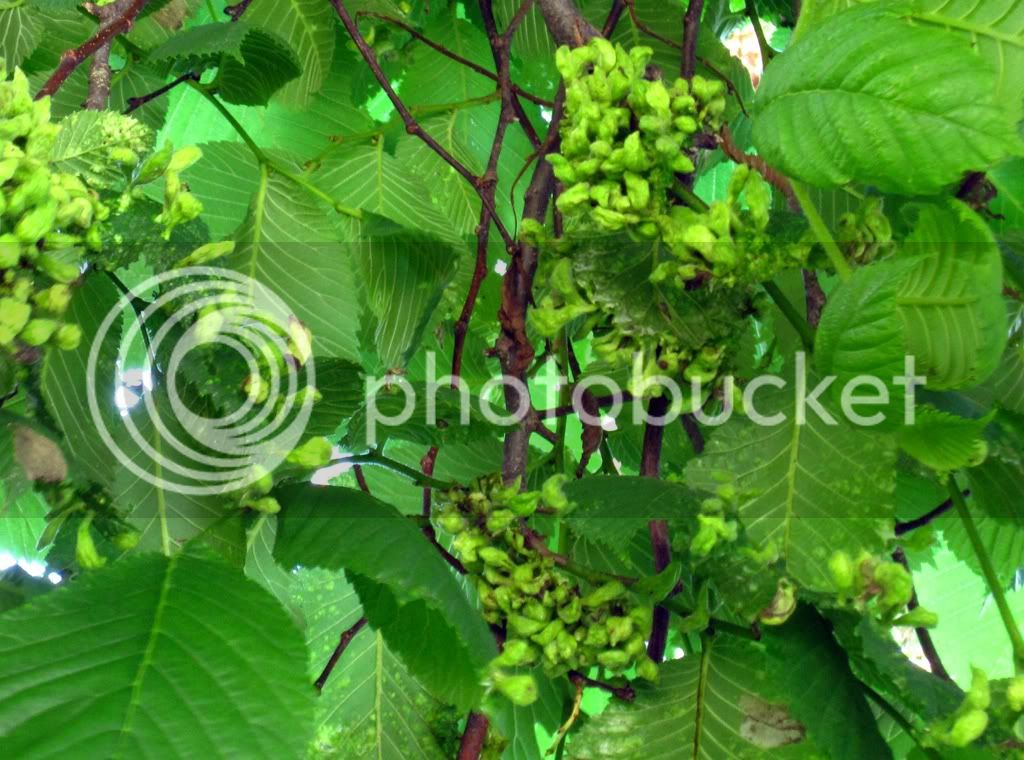

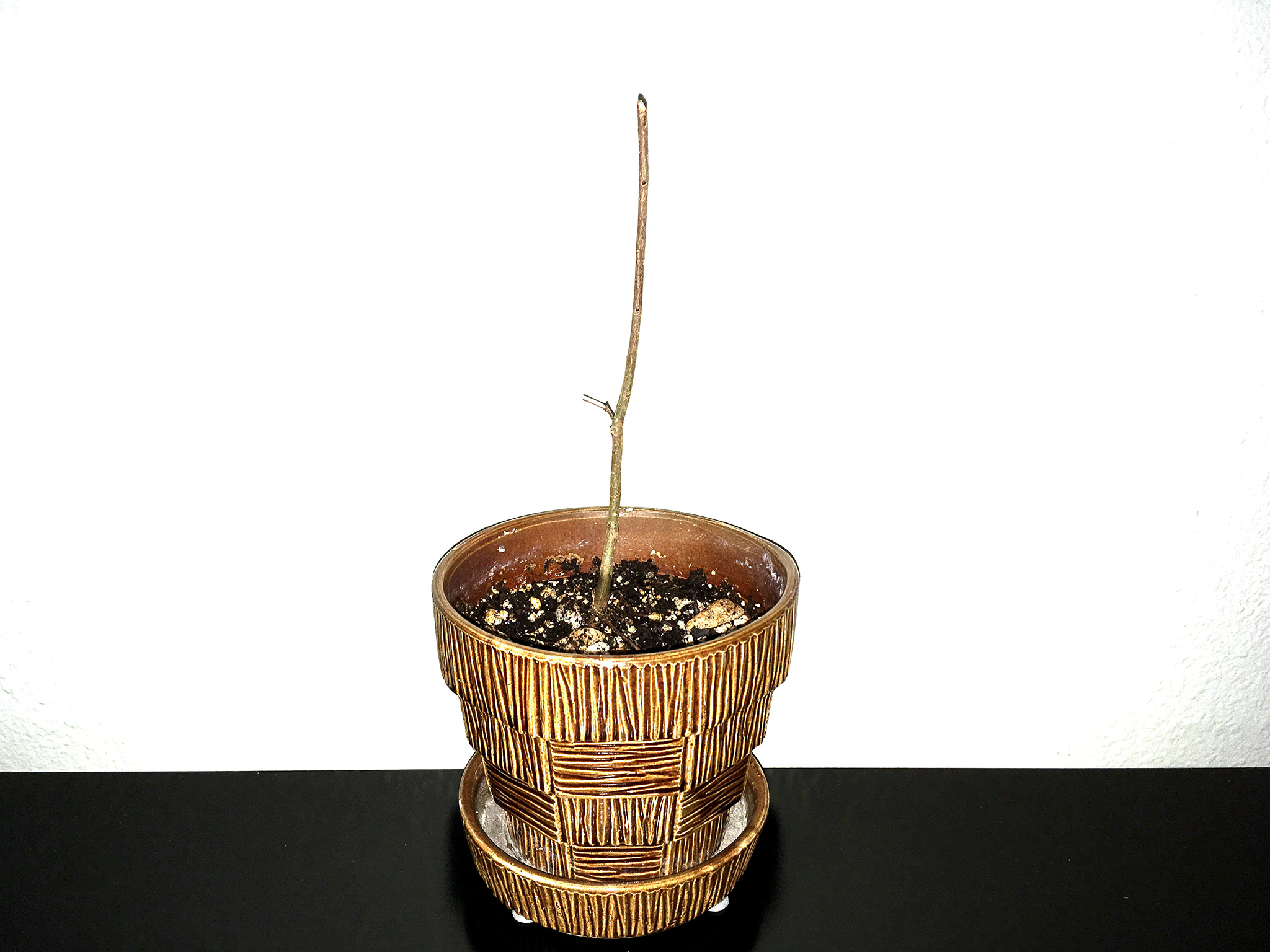
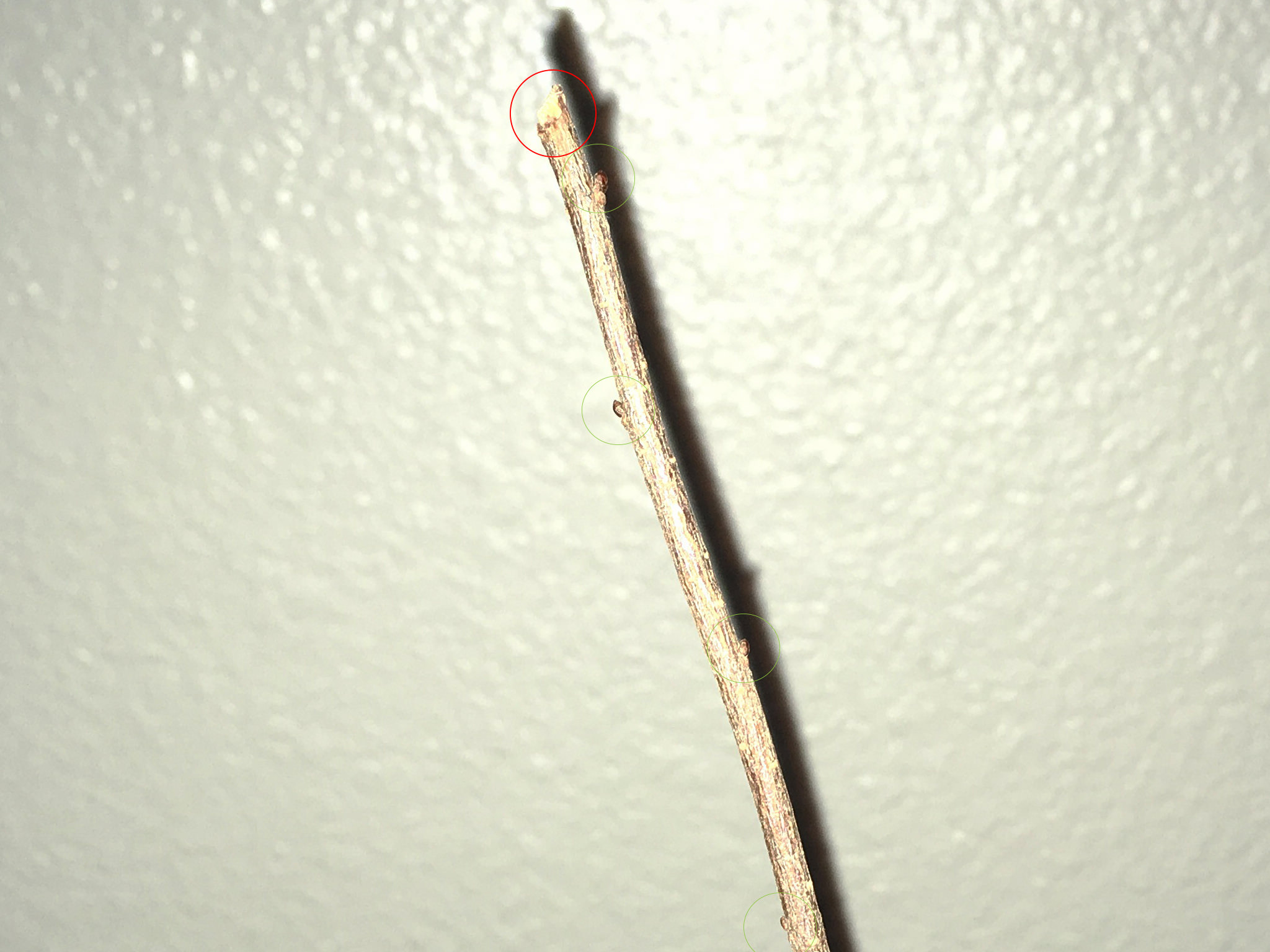
This is the main road leading into my town and I think all the ones in my town that were created in the early 1900s were taken from this tree literally horizontal from the tree I first posted and its HUGE. The mother tree
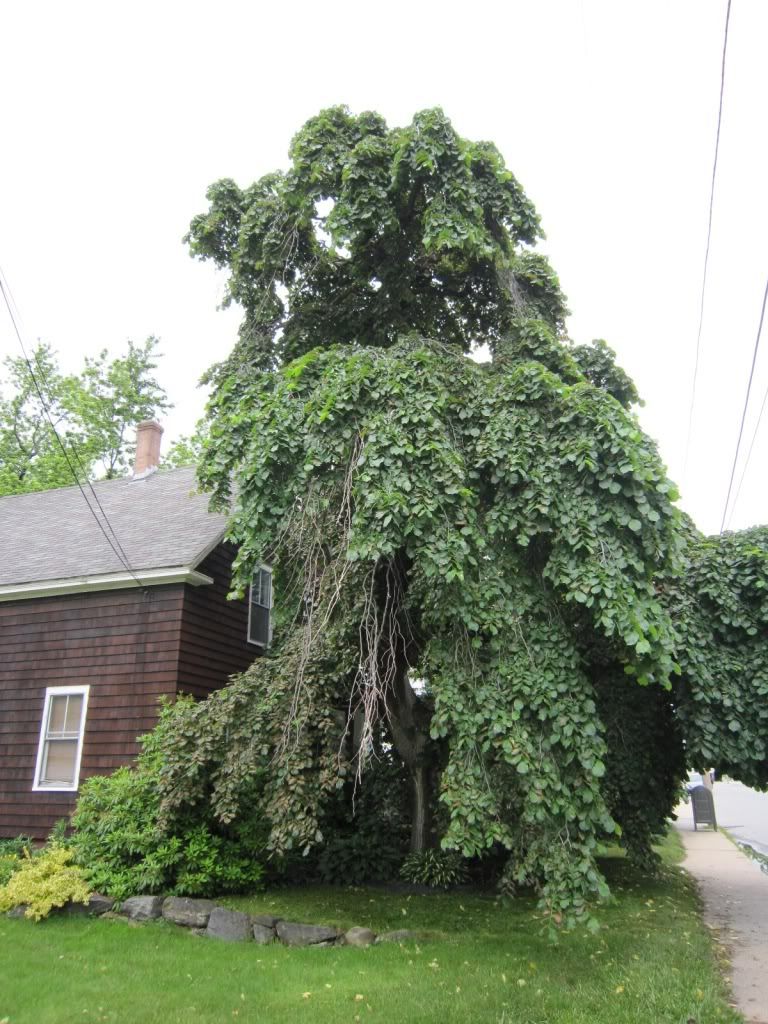
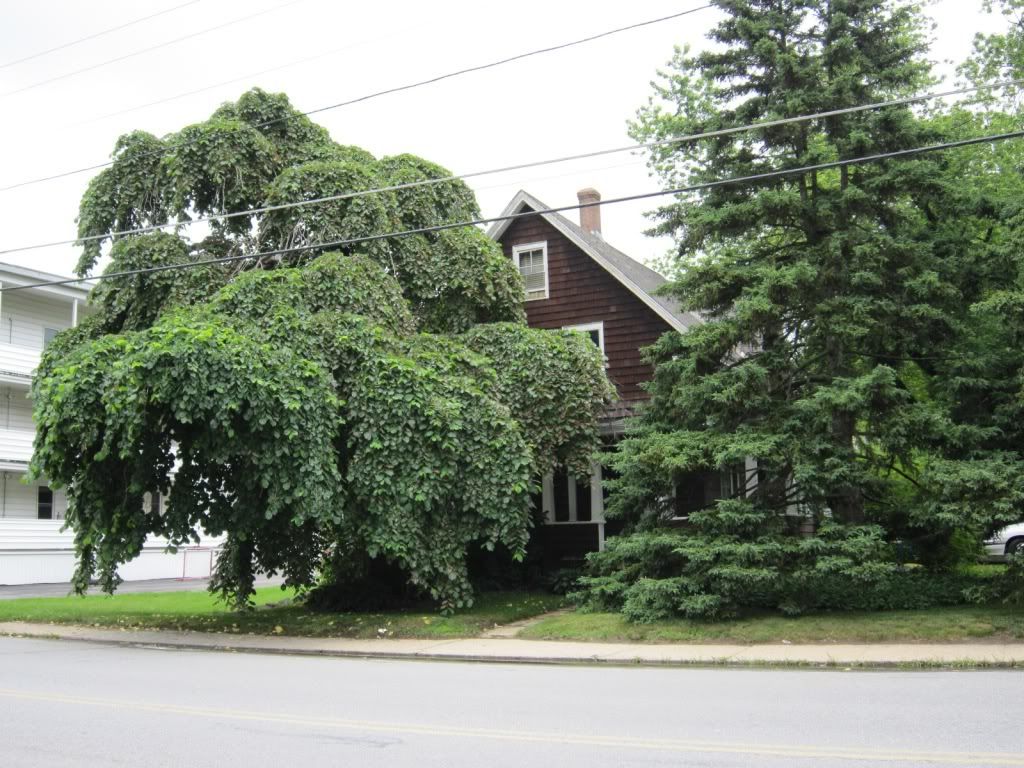


Enter your email address to join: